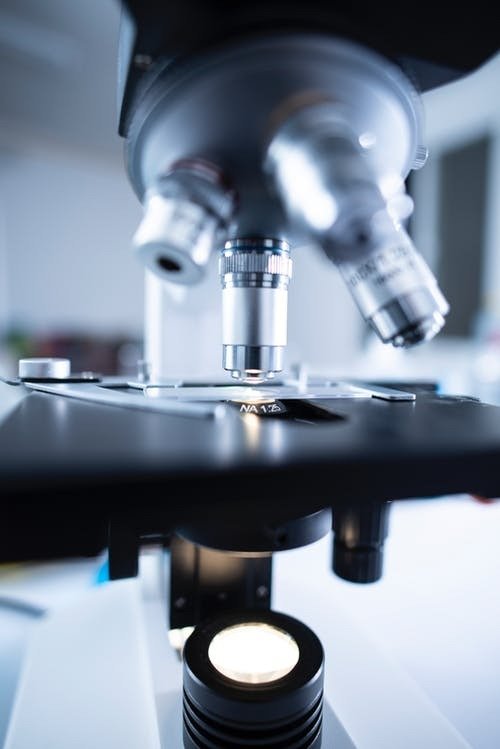Neural differentiation as a strategy for neuroblastoma treatment
Neuroblastoma is the most common extra cranial solid tumor of childhood that results in the highest number of cancer-related deaths in infants. In the high-risk group, approximately 40 percent of the patients are incurable despite intense multimodal treatment regiments. Amplification of the MYCN oncogene is strongly associated to poor survival and to an undifferentiated phenotype.
Considerable research efforts have been made to explore agents that could induce differentiation as therapeutic options for the high-risk patient group. So far, only retinoic acid treatment has shown promising results and today 13-cis retinoic acid is used as maintenance therapy.
MYCN belongs to the MYC network of transcription factors that plays a key role in the regulation of cell growth, apoptosis and differentiation. Other family members include c-MYC and L-MYC. All three genes are activated in a wide variety of human tumors.
While the c-MYC gene is expressed in most tissues, MYCN expression is restricted to early stages of embryonic development, making it a strong candidate as a potential therapeutic target. Importantly, inhibition of MYCN in neuroblastoma cells leads to differentiation, suggesting an important role for MYCN in maintaining an undifferentiated phenotype.
We have recently demonstrated that the MYCN-regulated miR-17~92 cluster targets several other nuclear hormone receptors (NHRs) in addition to ERalpha (Ribeiro et al, 2016). The glucocorticoid receptor (GR) emerged as particularly interesting. We found that it is a direct target of the miR-17~92 cluster, that it is the most significantly downregulated NHR in MYCN amplified neuroblastoma patients and is highly prognostic for patient outcome. Glucocorticoids, the hormones that bind to GR and promote its activation, have been successfully used to treat many diseases due to their anti-inflammatory, anti-proliferative, pro-apoptotic and anti-angiogenic properties. We found that low GR expression in was associated with an undifferentiated phenotype and decreased patient survival. Importantly, we showed that MYCN inhibition and subsequent reactivation of GR signaling promotes neural differentiation and reduces tumor burden. Our findings reveal a key role for the miR-17~92-regulated NHRs in neuroblastoma biology, thereby providing a potential differentiation approach for treating neuroblastoma patients (Ribeiro et al, 2016).
Together, our research will generate new insights into the pathology and the regulation of neural differentiation of MYCN-amplified neuroblastoma cells. This knowledge may offer novel prediction and diagnostic markers and serve as basis for development of new cancer therapies for children with neuroblastoma and other tumors since MYC is activated in many different cancer types.
News from Marie Arsenian Henriksson Group
Support our research

Make a donation to our research at MTC
Your support means a lot to our success. This allows us to go further in our efforts to improve human health through research and education.
Read here how you can make a donation via Swish.

